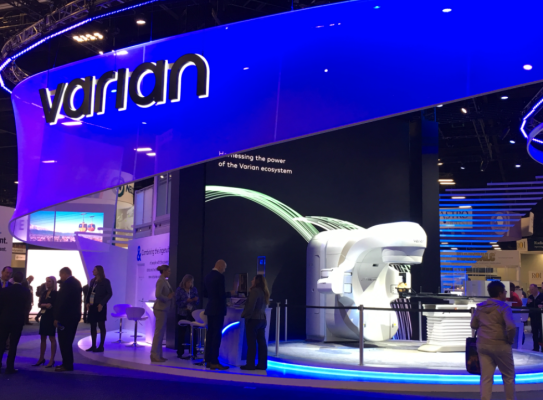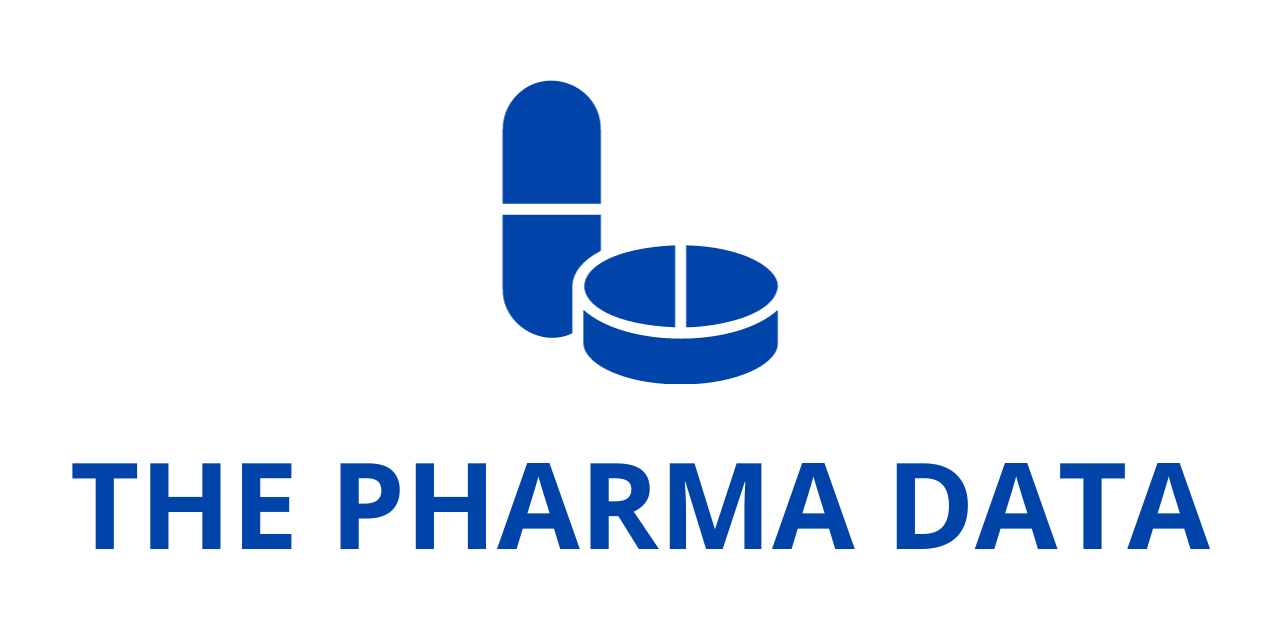
Varian Completes Enrollment and Treatment in FAST-02 Clinical Trial, Marking Major Milestone for Flash Radiotherapy in Thoracic Bone Metastases
Varian, a Siemens Healthineers company and a global leader in radiation oncology solutions, has announced the successful completion of both patient enrollment and treatment in its FAST-02 clinical trial. The study, formally titled Flash Varian Radiotherapy for the Treatment of Symptomatic Bone Metastases in the Thorax, represents one of the most advanced steps to date in bringing the novel and investigational radiotherapy approach known as Flash therapy into routine clinical practice.
Bone metastases, particularly in the thoracic region, remain one of the most common and debilitating complications faced by cancer patients. These secondary tumors often lead to severe pain, reduced mobility, and decreased quality of life. Conventional radiation therapy provides relief but comes with limitations—most notably the risk of radiation-induced damage to surrounding healthy tissues. This is where Flash therapy, which delivers radiation at ultra-high dose rates in under a second, has emerged as a promising innovation.
With FAST-02 now complete, the Varian oncology community is one step closer to validating Flash’s potential to reduce side effects while maintaining tumor control.
Background: What is Flash Therapy?
Flash radiotherapy, or Flash therapy, has been described as one of the most disruptive concepts in radiation oncology in decades. Unlike traditional radiation therapy that may take several minutes per session, Flash delivers the entire therapeutic dose at dose rates 100 times faster than conventional methods, typically in less than one second.
Preclinical studies have suggested that this ultra-rapid dose delivery can spare surrounding healthy tissues from radiation-induced damage while still effectively controlling or eradicating tumors. This so-called “Flash effect” has the potential to dramatically improve the therapeutic ratio—maximizing tumor destruction while minimizing harm to normal tissue.
Although most of the data so far has been generated in preclinical models, early human studies, such as FAST-01 and now FAST-02, are paving the way to confirm whether this effect translates into real clinical benefit for patients.
About the FAST-02 Clinical Tri
The FAST-02 trial was designed to evaluate Flash therapy in patients with symptomatic bone metastases in the thoracic region. These patients often experience severe pain due to the presence of tumors in and around the rib cage, spine, or chest wall. Varian Traditional radiotherapy can alleviate symptoms, but the location of the metastases makes it challenging to deliver effective doses without impacting sensitive surrounding structures.
The trial was conducted at the Cincinnati Children’s Hospital/UC Health Proton Therapy Center, which has become a leading institution in advancing Flash-related clinical research. The study successfully enrolled and treated 10 participants, a number appropriate for this early-stage, proof-of-concept clinical investigation.
The trial’s design focused primarily on two key endpoints:
- Safety and tolerability, measured by the rate and type of treatment-related side effects.
- Efficacy, evaluated through patient-reported pain relief following treatment.
FAST-02 builds directly on the findings of FAST-01, Varian’s earlier pilot study. FAST-01 focused on bone metastases in the extremities,Varian assessing workflow feasibility and safety of Flash therapy. FAST-02 extended that investigation to the thoracic region, a more complex area with greater clinical significance.
The trial was led by Principal Investigator Dr. John Perentesis, Professor and Director of the Cancer and Blood Disease Institute at Cincinnati Children’s Hospital, alongside Co-Investigator Dr. Emily Daugherty, Associate Professor of Radiation Oncology at the University of Cincinnati Cancer Center.
Technology Behind FAST-02
Executing the FAST-02 study required significant technological innovation. Varian’s ProBeam proton therapy system was modified specifically to enable ultra-high dose rate delivery, a critical requirement for Flash treatments.
At the same time, Varian enhanced its Eclipse treatment planning system, allowing oncologists and medical physicists to accurately design and simulate Flash therapy plans. This integration ensured that patients could be treated safely while maintaining precise tumor targeting.
According to Varian Anthony Mascia, Executive Director and Director of Medical Physics at the Cincinnati Children’s Proton Therapy Center, this achievement represents a major leap forward:
“From a physics standpoint, we’re pushing the boundaries of both planning and delivering ultra-high dose rates, and we’re doing it safely. The integration of treatment and planning represents a major technological achievement that makes these trials possible.”

This integration highlights Varian’s approach to advancing Flash therapy as a comprehensive ecosystem, encompassing not just the delivery machine, but also the planning software, workflow design, and quality assurance tools necessary for safe and reproducible clinical use.
Collaborations and Partnerships in FAST-02
Clinical innovation of this magnitude rarely happens in isolation. The FAST-02 trial benefited from collaborations with multiple institutions.
One notable partner was OSF HealthCare, a multi-site healthcare system with locations across Illinois and Michigan. OSF referred patients for enrollment in FAST-02, expanding access to the trial and strengthening the patient pool.
Dr. James McGee, Founding Director of the OSF Cancer Institute, emphasized the importance of their role:
“We’re proud to have supported the FAST-02 trial. It is rewarding to contribute to research that further advances Flash therapy.”
This type of collaboration exemplifies how community and academic health systems can work together to accelerate clinical research and make cutting-edge therapies available to patients earlier in their development timeline.
Expert Perspectives on the Trial’s Importance
The completion of enrollment and treatment in FAST-02 has been heralded as a milestone not only by Varian but also by clinical leaders in the field.
Dr. John Perentesis, Principal Investigator, noted the significance of this achievement:
“Completing treatments for FAST-02 is a pivotal and progressive step in our effort to establish the safety and effectiveness of Flash radiotherapy. This trial helps lay the groundwork needed to move Flash into more advanced clinical settings—an innovation that could redefine radiation oncology and meaningfully improve patient outcomes.”
From Varian’s perspective, the successful execution of FAST-02 underscores its commitment to advancing cancer care through patient-centered innovation.
Dr. Deepak “Dee” Khuntia, Senior Vice President and Chief Medical Officer at Varian, expressed the company’s enthusiasm:
“This is an exciting time for radiation oncology; completing enrollment in FAST-02 underscores our commitment to develop the evidence needed to advance technologies that have the potential to transform the future of cancer care. We are proud to collaborate with institutions that share our vision for patient-centered innovation.”
Building on FAST-01 and Looking Ahea
The FAST-01 trial, conducted several years ago, established the feasibility and safety of delivering Flash therapy in patients with bone metastases located in the extremities. FAST-02 represents the logical next step, targeting metastases in the thoracic region where treatment presents more complex challenges.
Now that patient treatment has been completed in FAST-02, the next stage will focus on data analysis. Researchers will evaluate both safety and pain relief outcomes, comparing them to historical benchmarks from conventional radiotherapy. If the findings confirm reduced toxicity alongside effective pain management, this could provide compelling justification for larger, more definitive Phase II or III trials.
Varian has made it clear that the insights gained from FAST-02 will inform not only the next stages of clinical research but also the broader development of Flash therapy applications. Future studies may expand to other tumor types and anatomical sites, including lung cancer, head and neck cancers, and pediatric indications, where sparing healthy tissue is especially critical.
The Broader Impact of Flash Therapy
If proven successful in larger trials, Flash therapy could revolutionize radiation oncology in several ways:
- Reduced treatment times: Delivering the entire dose in under a second could dramatically reduce the burden of daily radiation sessions for patients.
- Lower toxicity: By sparing surrounding healthy tissues, patients may experience fewer side effects, improving quality of life during and after treatment.
- Expanded applications: Certain cancers that are difficult to treat due to proximity to critical organs may become more amenable to radiotherapy.
- Improved patient experience: The speed and precision of Flash therapy could make radiation less daunting and more tolerable for patients undergoing treatment.
For health systems and providers, Flash could also streamline clinical workflows and reduce treatment costs associated with managing side effects, though these economic benefits remain speculative until broader adoption and validation.
Cautionary Notes and Regulatory Status
Despite its promise, Flash therapy remains investigational. The Flash-enabled ProBeam system used in FAST-02 is not yet commercially available for clinical use and is currently limited by U.S. law to investigational studies.
Varian has emphasized this regulatory status to avoid premature expectations. Rigorous scientific and clinical validation must still be completed before Flash therapy can be integrated into routine cancer care.
The successful completion of enrollment and treatment in the FAST-02 clinical trial marks a pivotal moment for Varian, its research partners, and the wider field of radiation oncology. By pushing the boundaries of physics, engineering, and clinical medicine, this study represents a concrete step toward transforming how radiotherapy is delivered.
For patients suffering from painful thoracic bone metastases, Flash therapy offers hope of faster, more effective, and potentially safer treatment. While significant work lies ahead in data analysis and future trials, the completion of FAST-02 signals that the era of ultra-rapid radiotherapy may be closer than ever before.
As the oncology community awaits the results of this groundbreaking study, one thing is clear: Flash therapy is no longer just a preclinical concept—it is moving steadily toward becoming a clinical reality.





